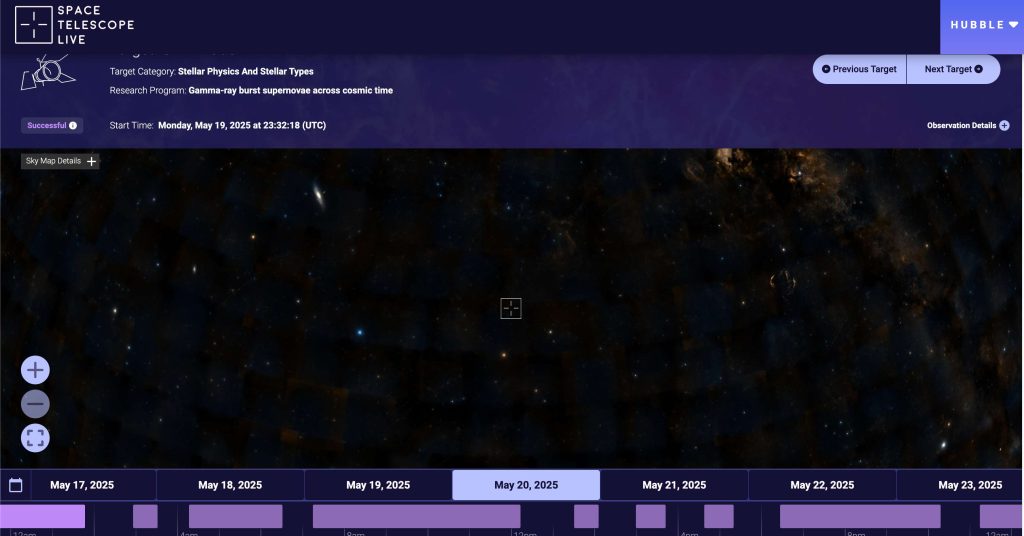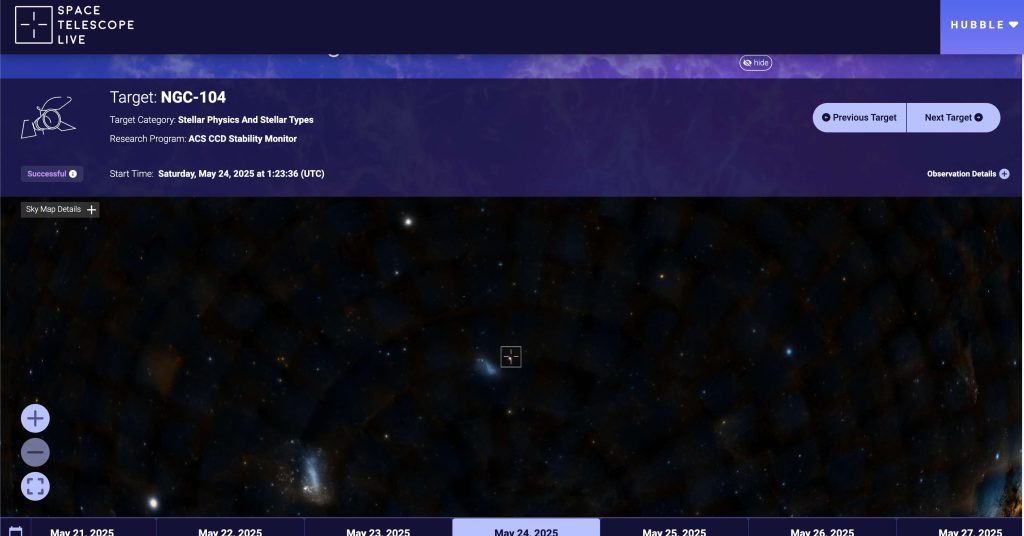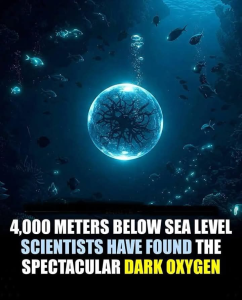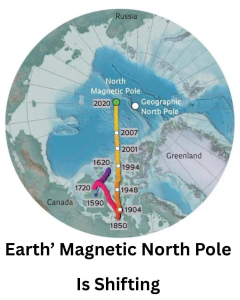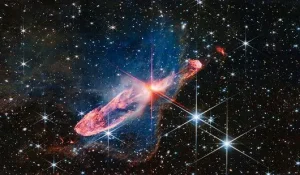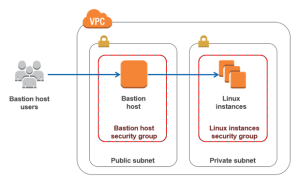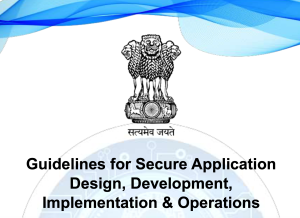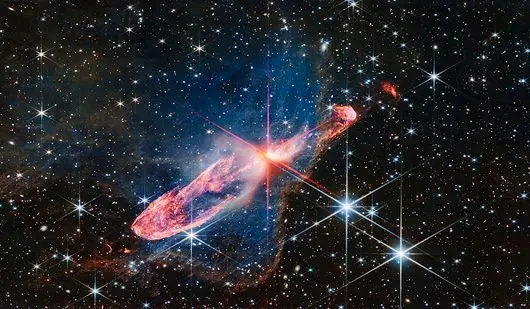
Introduction
Deep beneath the Black Hills of South Dakota, in a sealed underground cathedral of science, researchers are attempting to solve one of the most profound mysteries in existence: Why does the universe exist at all?
Thousands of miles away, in a Japanese mountain, another team is chasing the same question—using a glowing, golden sphere suspended deep in the Earth. This is more than a scientific mission. It’s a global race between two monumental experiments: DUNE (Deep Underground Neutrino Experiment) in the United States, and Hyper-Kamiokande in Japan.
At the heart of both projects lies one elusive particle that may explain why the stars, planets, and even life itself came into being: the neutrino.
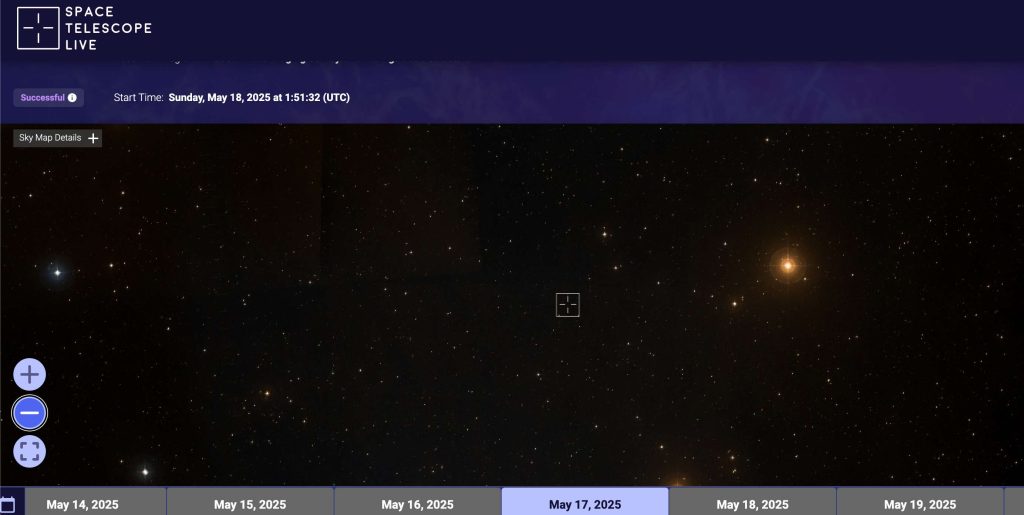
The Matter-Antimatter Mystery
According to physics, the Big Bang should have created equal amounts of matter and antimatter. Since they annihilate each other upon contact, the universe should have been obliterated in an instant—leaving behind nothing but light.
Yet, the cosmos flourished. Something tipped the scale in favor of matter. Something allowed galaxies to form. That “something” might be hidden in the peculiar behavior of neutrinos and their antimatter counterparts, antineutrinos.
These ghostly subatomic particles rarely interact with anything, but their tiny asymmetries could be the cosmic key to our very existence.
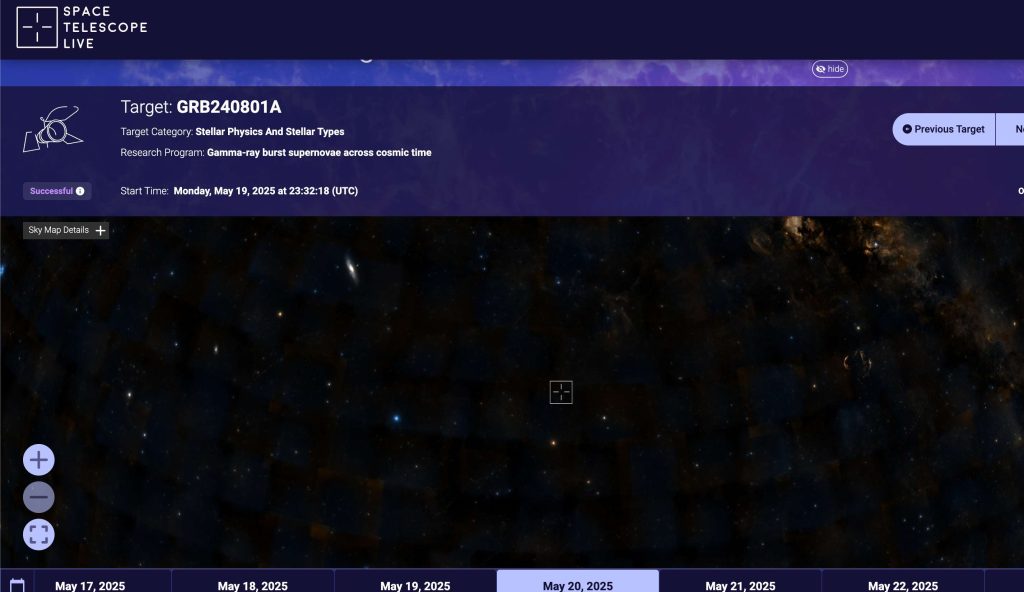
DUNE: A ‘Cathedral to Science’
In the depths of South Dakota, the Sanford Underground Research Facility (SURF) is home to DUNE, a sprawling international collaboration involving over 1,400 scientists from 35 countries.
Here, massive tunnels lie 1,500 meters below the surface—shielded from cosmic radiation and environmental noise. Scientists will fire beams of neutrinos from Fermilab in Illinois, over 800 miles away, and observe how they transform during their journey.
“We are building a detector that could fundamentally change our understanding of the universe,”
— Dr. Jaret Heise, Science Director, SURF
If neutrinos behave even slightly differently than antineutrinos, it could explain why matter won, and why we exist.
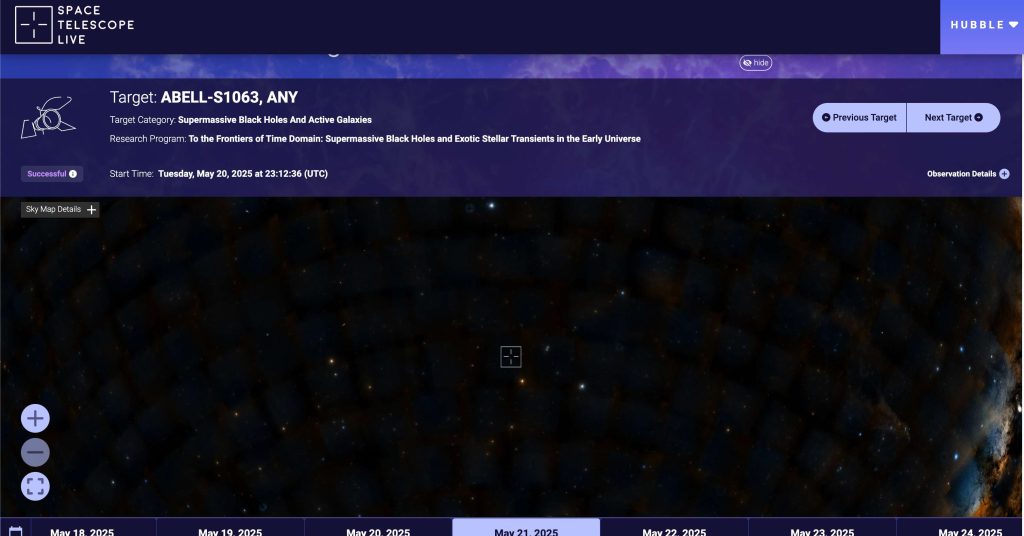
Hyper-Kamiokande: The Golden Rival
On the other side of the world, Japanese scientists are preparing their response: Hyper-Kamiokande, a next-gen upgrade of the famed Super-Kamiokande detector.
Housed deep inside a mine, this colossal golden chamber will use purified water and ultra-sensitive sensors to detect neutrino interactions with unparalleled precision. And it’s on track to start collecting data years before DUNE is fully operational.
“We may be on the verge of making one of the biggest discoveries about the origins of the universe,”
— Dr. Mark Scott, Imperial College London (Hyper-K team)
With its larger detector and head start, Hyper-K may capture clues about neutrinos before its American counterpart.
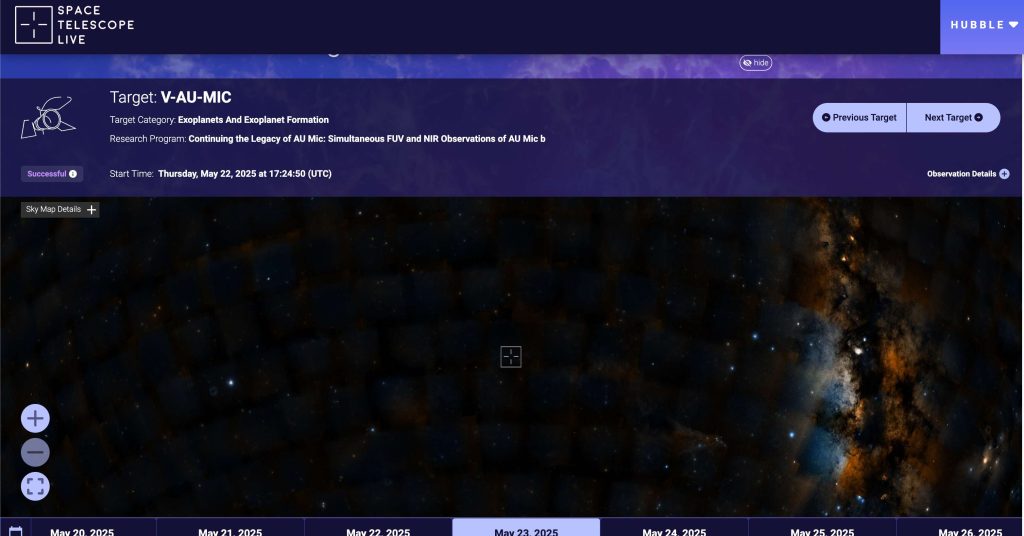
A Friendly Rivalry with Universal Stakes
While there is an undeniable race, both teams recognize the importance of cooperation in the pursuit of cosmic truth.
“We now have the technology, engineering, and computing power to answer these big questions—it’s truly transformative,”
— Dr. Kate Shaw, University of Sussex (DUNE)
“Hyper-K doesn’t yet have all the components to measure neutrino-antineutrino differences with DUNE’s precision. But we both contribute to the big picture,”
— Dr. Linda Cremonesi, Queen Mary University (DUNE)
Together, these experiments are poised to unlock secrets that could change how we see the universe—and ourselves.
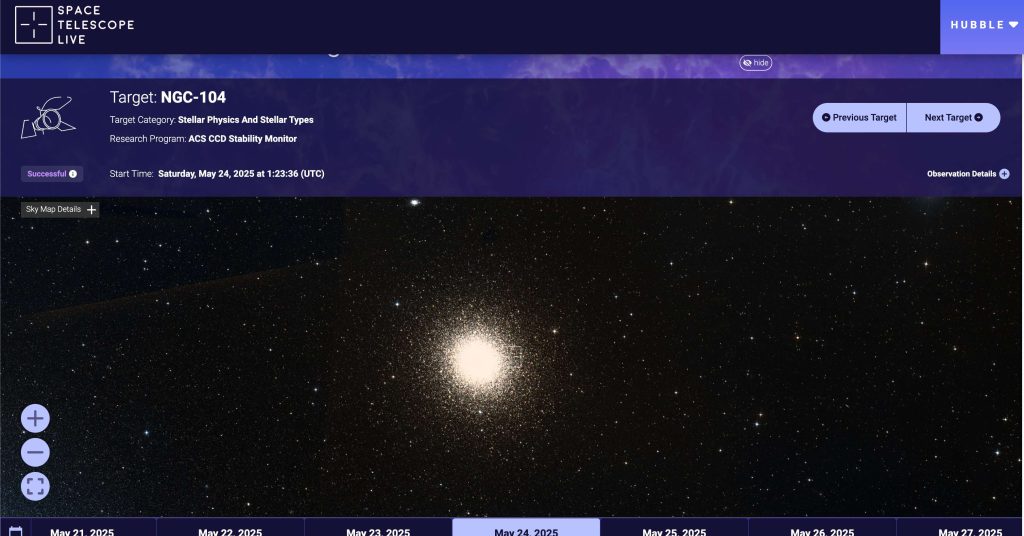
Conclusion: Closer Than Ever to Cosmic Truth
Whether it’s in the golden glow of a Japanese detector or the vast tunnels of an American mine, humanity is closer than ever to answering the question: Why do we exist?
The answer may not only reshape physics—but redefine our place in the cosmos.
“In chasing the universe’s deepest secret, we may end up discovering more about ourselves.”

Tags:
Science, Physics, Neutrinos, Antimatter, Universe, Research, DUNE Experiment, Hyper-Kamiokande, Particle Physics, Cosmology
